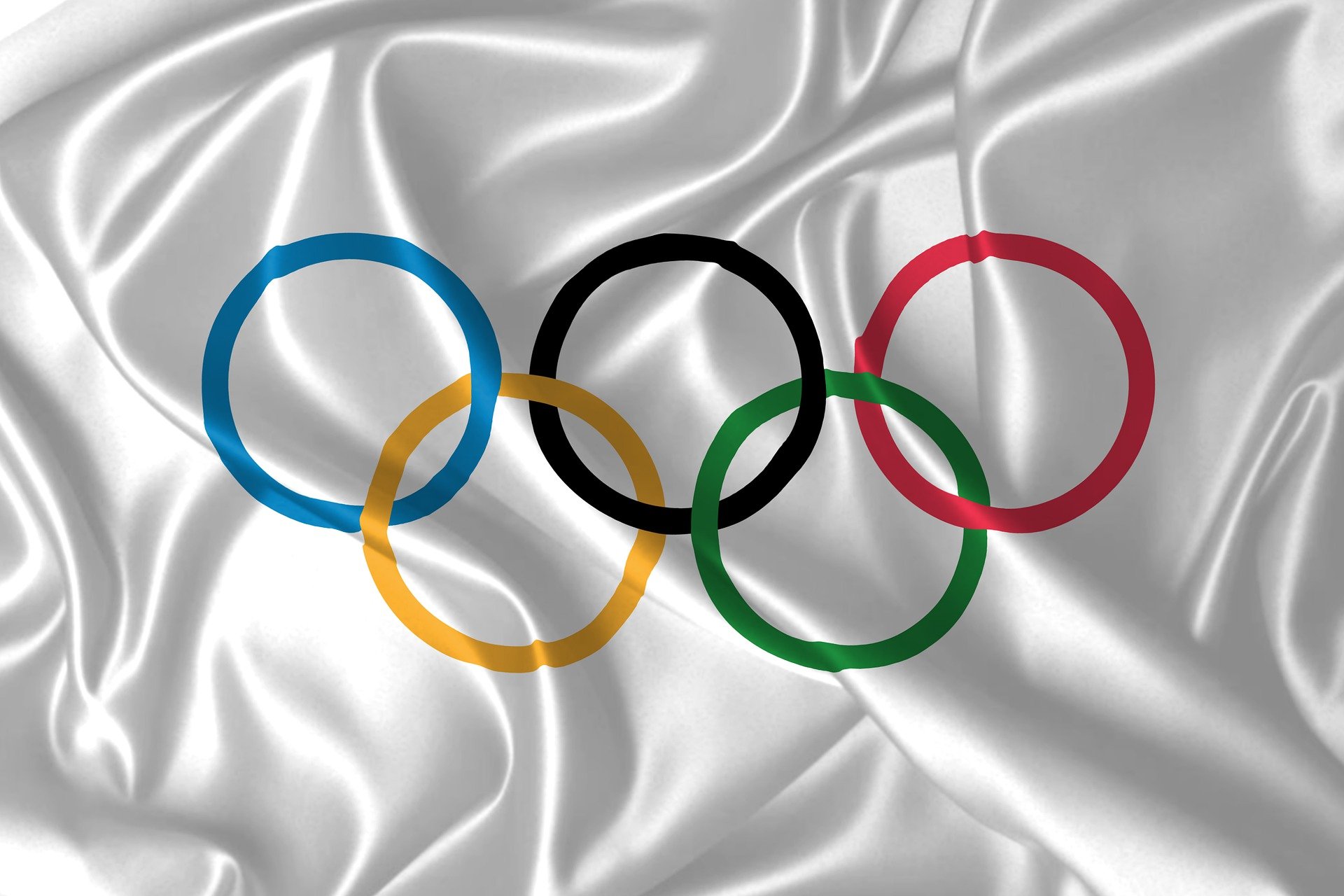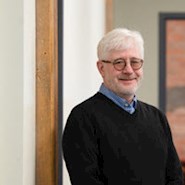
Born in Detroit and having moved to Chicago as a boy, Avery Brundage enrolled at the University of Illinois and graduated from the civil engineering program with honors in 1909. During college, Brundage played basketball and ran track, contributing to Illinois' Western Conference championship track team during his senior year. Upon graduation, Brundage accepted a position as a construction superintendent for the Chicago architectural firm Holabird & Roche, where he supervised construction for one out of every 30 buildings that were constructed in Chicago during the time of his three-year tenure.
While he was working as a construction engineer, Brundage continued to run track as an amateur, including the 1912 Stockholm Olympics where he competed in discus and finished sixth and 16th respectively, in the pentathlon and decathlon. In 1915, he founded the Avery Brundage Co., which was active in the Chicago construction industry until 1947. Among the structures built by his company was the (former) Marshfield Trust and Savings Bank, now known as the Brundage Building, which was completed in 1924 and designated a Chicago landmark in 2008.
During the 1910s, Avery Brundage sustained his track career, as he won the U.S. national all-round title on three occasions (1914, 1916, and 1918). By the 1920s, his penchant for athletics outshone his civil engineering, and in 1928 he became the president of the Amateur Athletic Union and succeeded Douglas MacArthur as president of the American Olympic Committee. Eight years later, July 30, 1936, Brundage was elected to the International Olympic Committee, a position that he held for 36 years, spanning the controversial 1936 Berlin Olympics and ill-fated 1972 Munich Olympics.
In 1952, Avery Brundage was named the fifth president of the International Olympic Committee, a position that he held for 20 years. Although better known for his Olympic leadership, Brundage left his civil engineering legacy in Chicago through his construction of a Ford Motor Co. assembly plant, the 23rd Street Viaduct, high-rise apartment buildings, the landmark Brundage Building, and the modernization of the LaSalle Hotel, which he owned and where he resided for many years. Avery Brundage died May 8, 1975, and is interred in Chicago’s Rosehill Cemetery.



